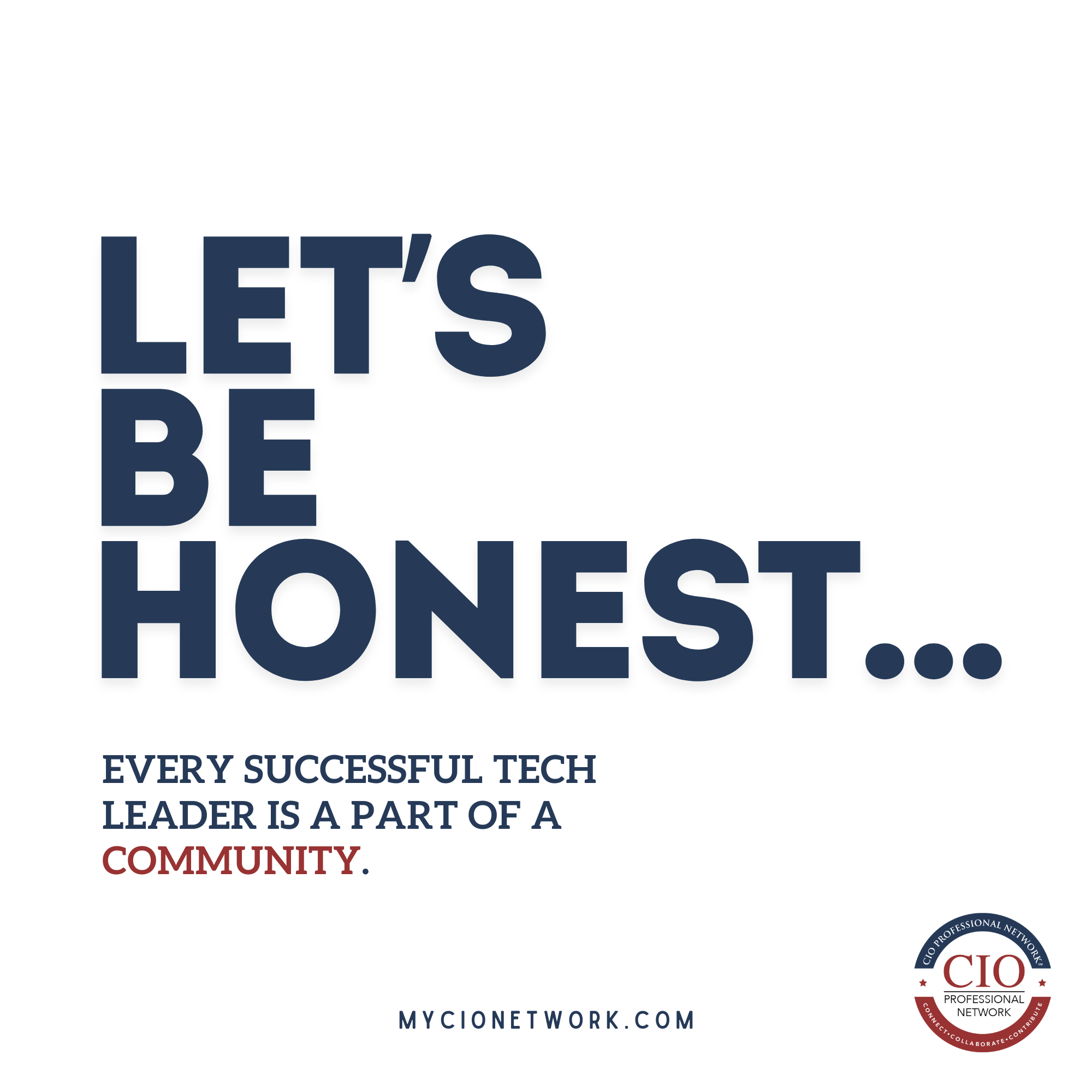CIOs face a dual mandate: ensure operational stability and drive innovation. AI has quickly become a non-negotiable strategic priority for forward-thinking organizations seeking to super charge their operations. The question remains, how do you pay for it?
With budgets often constrained and additional funding limited, an overlooked opportunity could be lying in your existing SaaS portfolio. By evaluating and reducing SaaS expenditures, CIOs can reallocate funds to AI initiatives without compromising core operations while following this structured approach.
It seems so obvious, but the execution is anything but.
Step One: Inventory Your SaaS Stack
SaaS sprawl is a common challenge. Subscriptions for multiple CRMs, project management systems, analytics, and collaboration tools accumulate across departments. In my experience, undocumented tools can linger and drain budgets more materially than often considered.
Start by cataloging every SaaS application, including its cost, usage, and business function.
A SaaS management platform can help, but a detailed spreadsheet can be sufficient. Organize the stack by purpose, such as supply chain, customer engagement, or administrative tasks, to gain clarity.
This inventory forms the basis for informed decisions.
Step Two: Assess Value and Redundancy
Every tool must justify its existence. Evaluate each system based on three criteria: measurable ROI, redundancy, and utilization. A procure-to-pay (P2P) platform may be essential, but duplicate collaboration tools with low adoption are definitely not. Review usage data to pinpoint underperforming apps, as low engagement often indicates irrelevance.
For instance, a marketing platform with minimal revenue impact is likely a good candidate for elimination.
Prioritize strategically: keep tools that support core operations and cut those with speculative future value.
Step Three: Consolidate and Renegotiate
Identifying and eliminating redundant systems presents an opportunity for near immediate cost reduction. If multiple CRMs or analytics tools serve similar functions, consolidate to a single, scalable solution.
Use usage metrics to negotiate with vendors, as data strengthens your position.
I’ve had material success in renegotiating licenses for obsolete Microsoft products or over-provisioned HR systems, which yielded significant savings. Depending on your organization’s scale and billing arrangements, working with an intermediary like CDW can substantially increase your negotiating leverage.
Collaborate closely with your finance and procurement teams to validate proposed reductions and ensure vendor accountability throughout the process.
Depending on your total budget, a realistic target is to reduce overall SaaS spending by 10-15 percent, creating sufficient financial room for strategic AI investments without disrupting critical workflows.
Step Four: Reallocate to AI
The savings enable targeted AI initiatives to prioritize three key business outcomes: immediate cost reductions through operational efficiencies, strategic task automation to replace manual processes, and AI-powered analytics to identify net new revenue opportunities across your org’s value chain.
I encourage identifying a couple of non-IT, AI ambassadors within your organization to collaborate on pilot projects that allow testing with minimal risk and high reward potential.
The Wrap
SaaS sprawl represents both a hidden drain on resources and a powerful lever for driving innovation within your business. By thoroughly inventorying your current applications, assessing their value, and rationalizing your software portfolio, you create a sustainable pathway to fund critical AI initiatives without compromising the operational stability that keeps your business running smoothly.
For Chief Information Officers at all organizational levels, this disciplined approach aligns limited resources with long-term strategic priorities.
The path forward requires an ongoing evaluation of your technology investments, decisive action in consolidating redundant systems, and a clear vision that positions technology not merely as a cost center but as a clear driver of business success.






